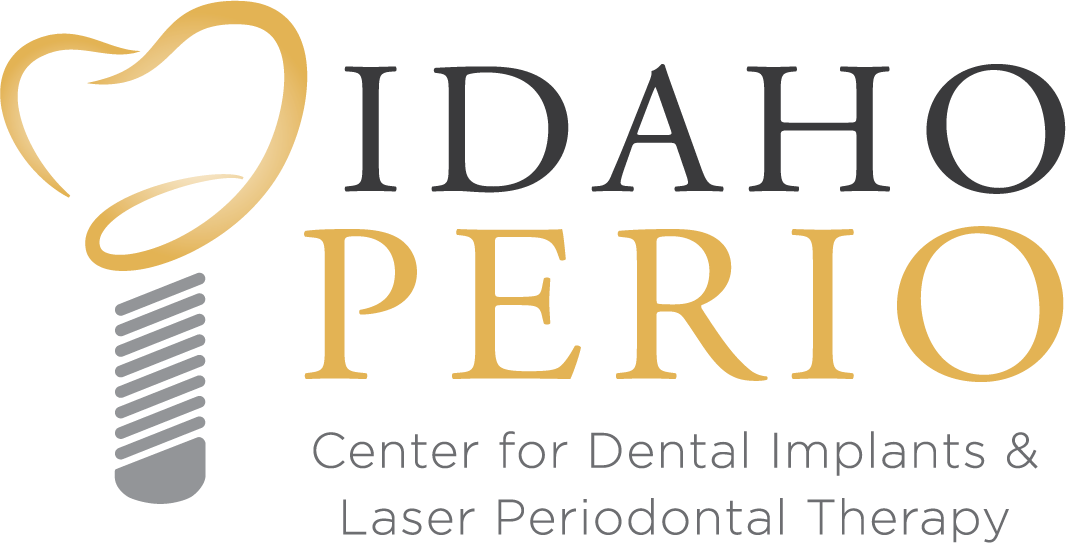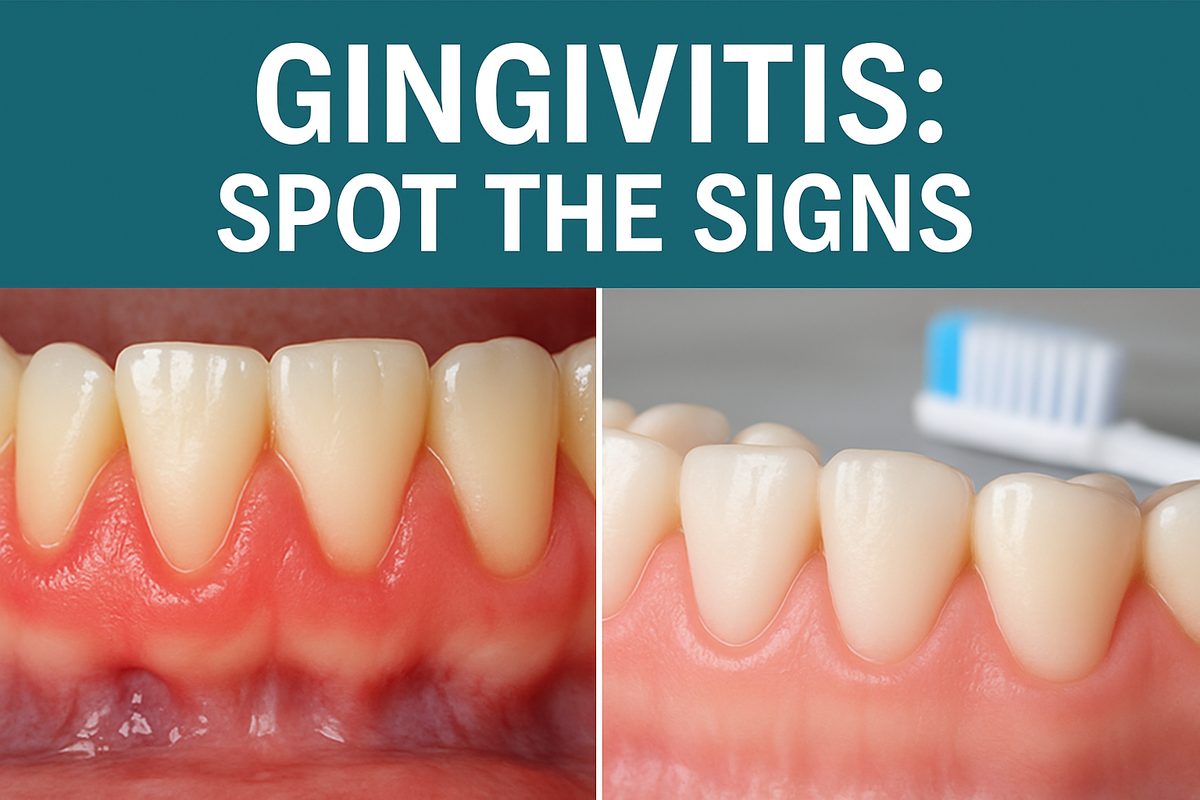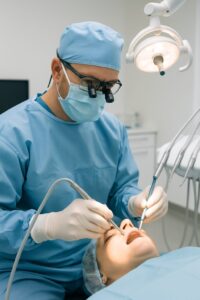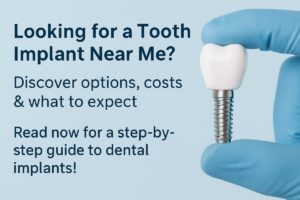If you’ve searched “what is gingivitis disease,” it’s simply inflammation of the gums caused by plaque and bacteria. Gingivitis is the earliest stage of gum disease. It makes gums red, swollen, and prone to bleeding but does not yet harm the bone that holds teeth in place. The good news: gingivitis is usually reversible with proper care. This article explains causes, symptoms, how dentists diagnose it, treatment options, prevention tips, when to see a specialist, and how Idaho Perio Center can help if gum disease becomes complex.
What Is Gingivitis Disease?
Gingivitis is gum inflammation driven by plaque—a sticky film of bacteria that forms on teeth. When plaque builds up along the gumline, the immune response causes redness, swelling, and bleeding. Unlike periodontitis, gingivitis does not involve bone loss around teeth. With consistent cleaning and professional care, the inflammation goes away. If ignored, gingivitis can progress to periodontitis, which damages bone and can lead to tooth loss.
Common Signs & Symptoms
Look for red or puffy gums, bleeding when brushing or flossing, persistent bad breath, tender gums, and mild gum recession. Early gingivitis symptoms can be subtle—sometimes gums only bleed during flossing or feel slightly sore—so people often miss them until the problem worsens.
What Causes Gingivitis?
The main cause is plaque buildup from poor oral hygiene. Other factors raise the risk: smoking, a high-sugar or low-nutrient diet, certain medications that reduce saliva, hormonal changes (pregnancy or menopause), and uncontrolled diabetes. Dry mouth, crowded teeth, and poor-fitting dental work can also trap bacteria and increase risk.
How Dentists Diagnose Gingivitis
A dentist or hygienist will visually inspect the gums and use a periodontal probe to measure pocket depths around teeth. Pockets under 3 mm with no bone loss typically indicate gingivitis. X-rays may be taken to confirm there is no bone loss and to rule out periodontitis. The exam also checks for areas that trap plaque and need special attention.
Treatment Options
First-line care is a professional dental cleaning to remove plaque and tartar. For deeper buildup, scaling and root planing may be needed to clean under the gumline. Improved home care—brushing twice daily with a soft brush, flossing daily, and using an antiseptic rinse if recommended—is critical. Addressing risk factors like quitting smoking or managing blood sugar helps healing. If infection worsens, advanced treatments or specialist care may be necessary.
Preventing Gingivitis
Prevent gingivitis by brushing two minutes twice a day, flossing daily, and using interdental cleaners as needed. Keep regular dental checkups and cleanings every six months or as your dentist recommends. Maintain a balanced diet, control chronic conditions like diabetes, and avoid tobacco. Small daily habits make the biggest difference.
When To See A Periodontist
See a periodontist if bleeding persists despite good home care, if pocket depths are deep, if infections recur, or if you’ve had treatment that didn’t resolve symptoms. Board-certified periodontists have extra training to treat complex gum disease and offer advanced, minimally invasive options.
Why Choose Idaho Perio For Advanced Gum Care
Idaho Perio Center offers board-certified periodontists with advanced training and decades of experience. The practice uses CBCT imaging, Waterlase, Pinhole Surgical Technique, and other minimally invasive tools for predictable results. For complex or persistent gum problems, their team provides evidence-based care focused on fast recovery and lasting health. For issues like gum disease, LANAP laser therapy is an advanced treatment option.
Closing & Call to Action
Gingivitis is common but treatable if caught early. Watch for bleeding, swelling, and bad breath, and act quickly with better home care and a professional cleaning. If you suspect gingivitis or have persistent symptoms, schedule an exam or second opinion with Idaho Perio Center to protect your gum health.






